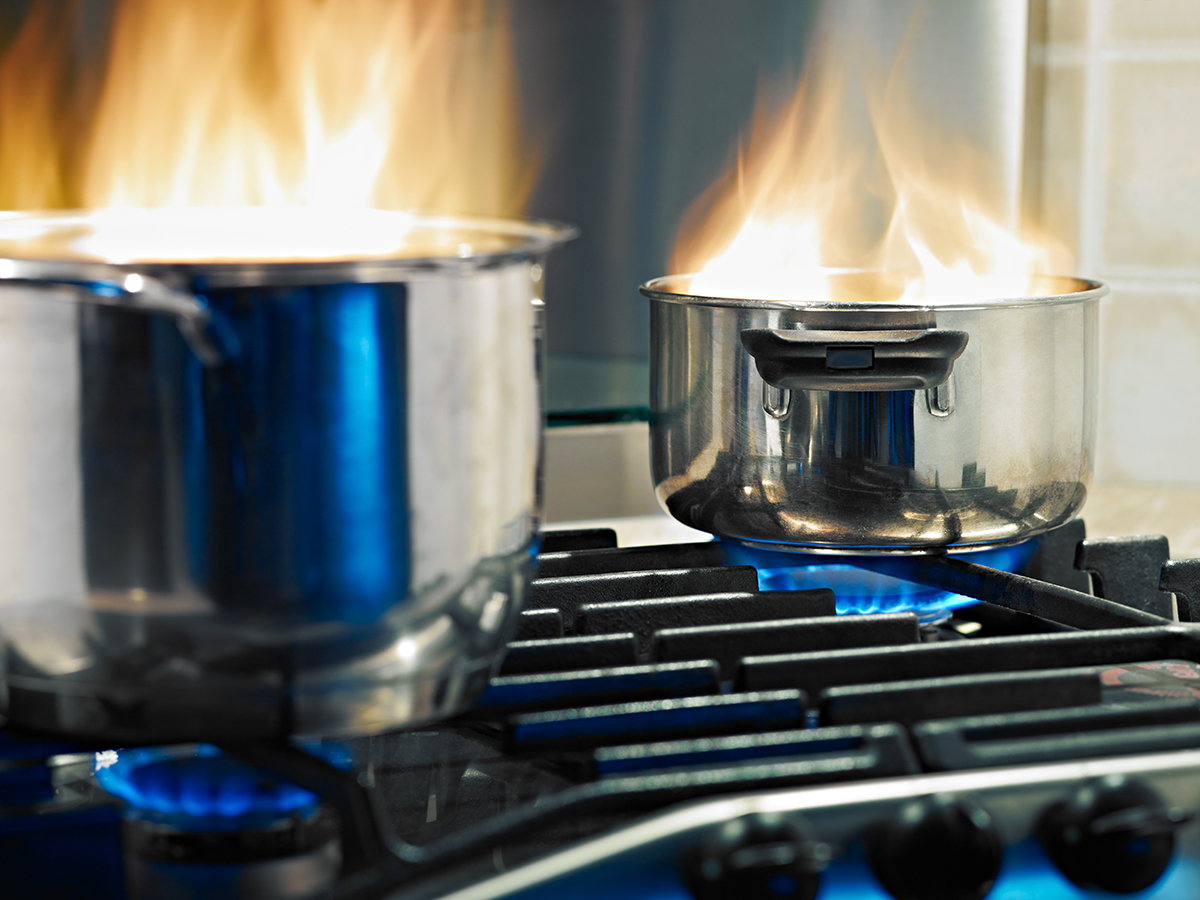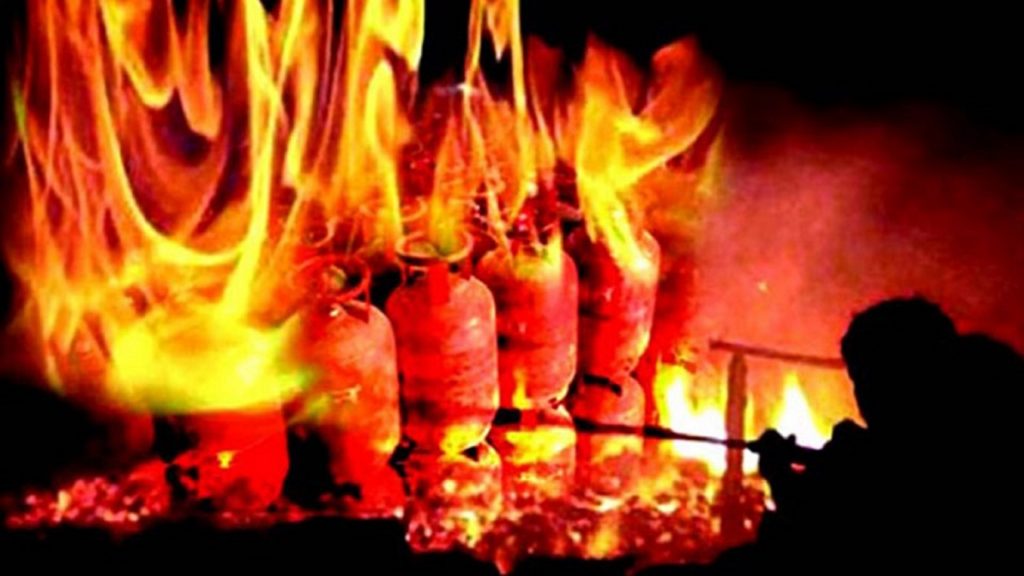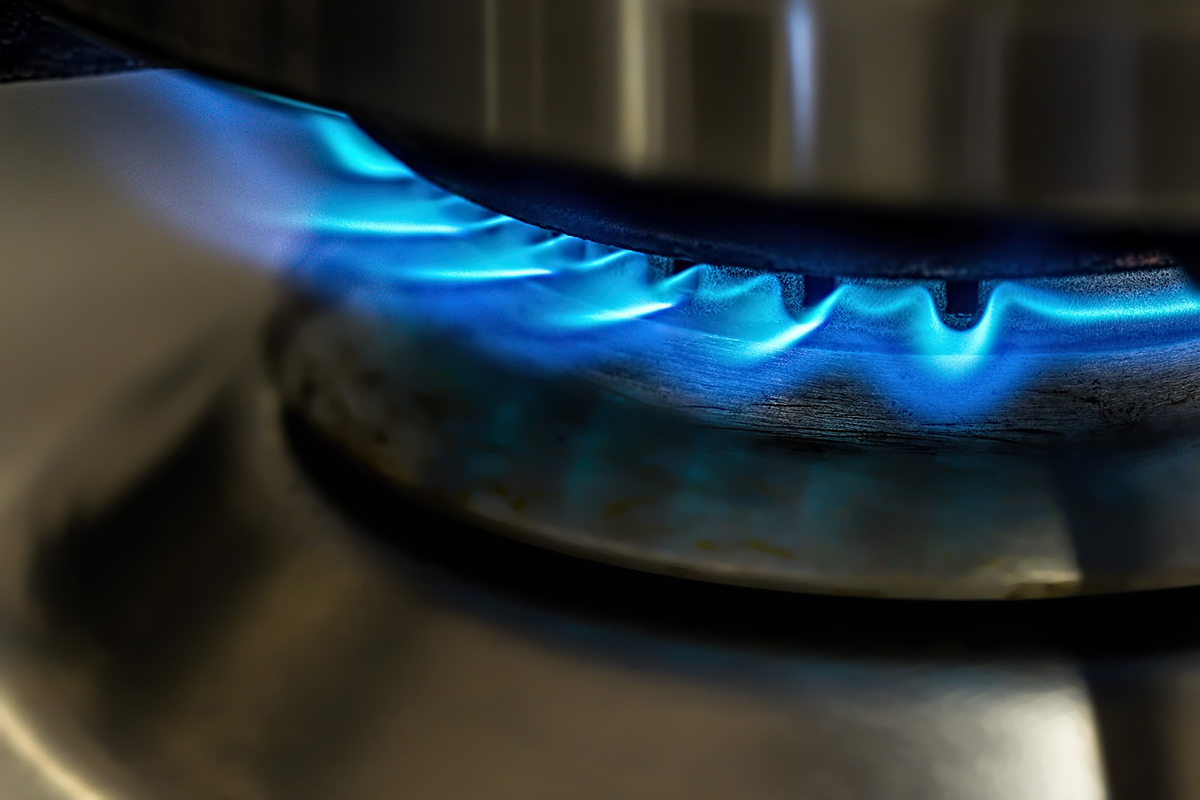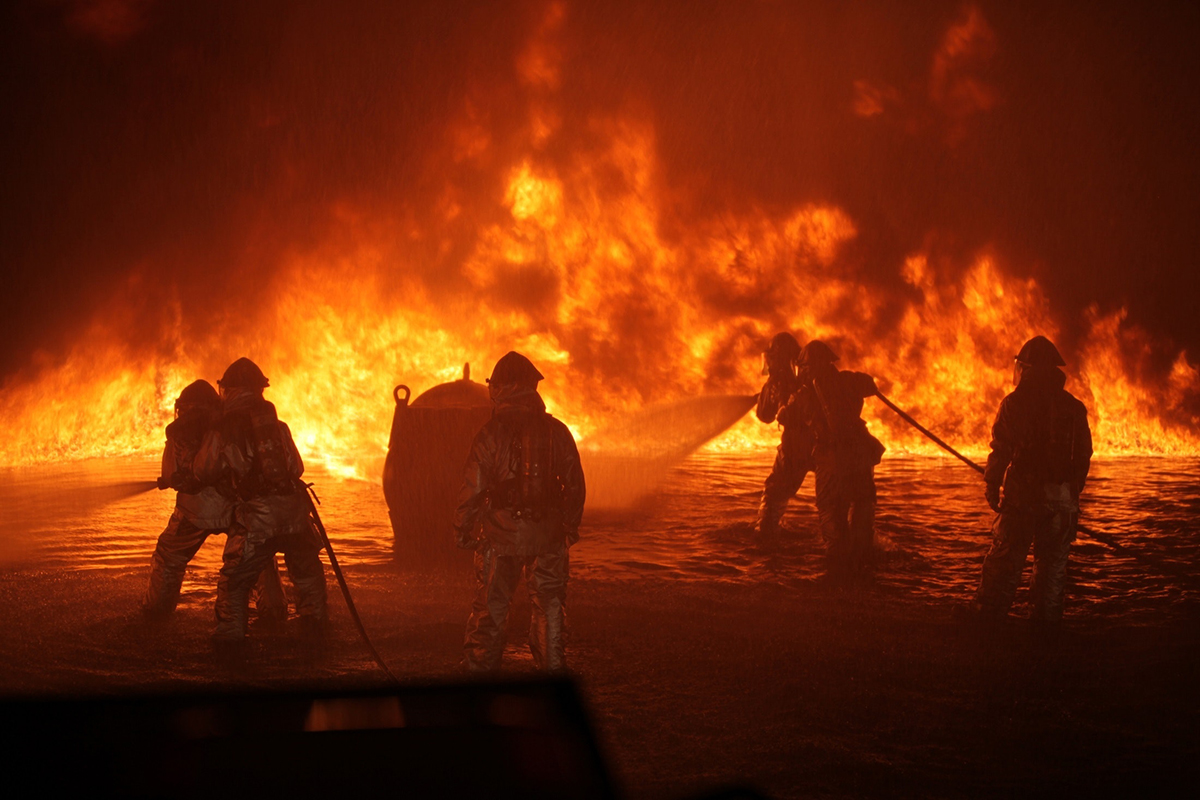
30 Sep How to Avoid LPG Fire Hazards
LPG or liquefied petroleum gas is one of the most used sources when it comes to cooking at home or in commercial kitchens. One of the most terrifying cases that could happen when it comes to mishandling LPG cylinders or having any kinds of hazards at home or commercial spaces are LPG fire hazards.
This is one of the things that we wish to avoid at all cost. Whether you are using it at home or you’re a business owner running a large restaurant, everyone has to be cautious and has to think of their safety when using LPG. In this article, we will be giving you a simple guide to avoid LPG fire and explosion.
When it comes to buying LPG tanks, there are a few things you have to keep in mind.

1. Purchase for Authorized Dealers
Authorized dealers or providers of LPG are regulated by government industries thus complying with safety and strict standards. They have well-trained personnel that can help you install and maintain your LPG.
2. Check your LPG
Avoid buying LPG with no brands. For others, unbranded LPGs may be cheap, but is it worth the risk? Ask for a receipt because it can guarantee that you are buying from a trusted-authorized distributor. Make sure it also has a safety cap that will be taken off by your distributor in your presence.
Now, this is one of the issues that some people are dealing especially when hearing it from the news. When it comes to storing your LPG we also have one reminder about that; to avoid LPG fire hazards.
1. LPG Storage
Remember to store your LPG cylinder in a location where it is safe. Keep it away from children that might play with it, and make sure to keep it away from fire. Position your LPG in an upright position.

How do you know if your LPG is safe and in the right condition? I don’t have enough knowledge when it comes to LPG. What can I do? Here are some tips that can help you.
1. Check your LPG Condition
Does it have too much rust? Return it and ask for a new one. If your cylinder has dents and it makes you uncomfortable, reach out to your dealer. It’s better to tell them the issues you are having with your LPG right away before it’s too late. Choose a cylinder that is free from defects.
2. Contact a Specialist
If you do not have enough knowledge when it comes to installing your LPG, calling your specialist or technician will be a big help. Never try to repair it on your own especially if you are unsure of what you are doing.
As a simple way to test if your LPG regulator, LPG cylinder, or LPG hose are safe to use, check for gas leaks. This test is called the soap leak test. It is done by many certified and authorized LPG providers around the world, and we share it to you as well.
All you need is your LPG cylinder and its parts; water, soap, sponge, and a dish/bowl or a spray bottle. Add your soap into the water, mix until it forms bubbles. Using the sponge, wipe the soapy solution to your LPG cylinder, regulator, and hose. If bubbles start to form at a particular spot on your LPG, then it is time to change it. It basically means that your LPG is leaking.

You might also smell the LPG when it has leaked. Once you have found the spot, call your dealer to help you with the problem and rinse the LPG with clean water. By this, you have the chance to avoid LPG fire hazards that might have caused bigger trouble to your place.
We hope that these tips have helped you avoid LPG fire hazards that could happen at any place and any time.
Are you looking for a reliable and trusted LPG Installer and LPG Supplier in the Philippines? Talk to our specialists today!
